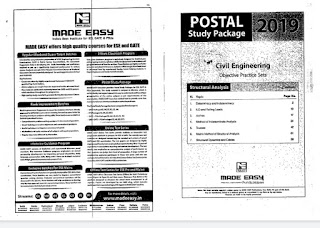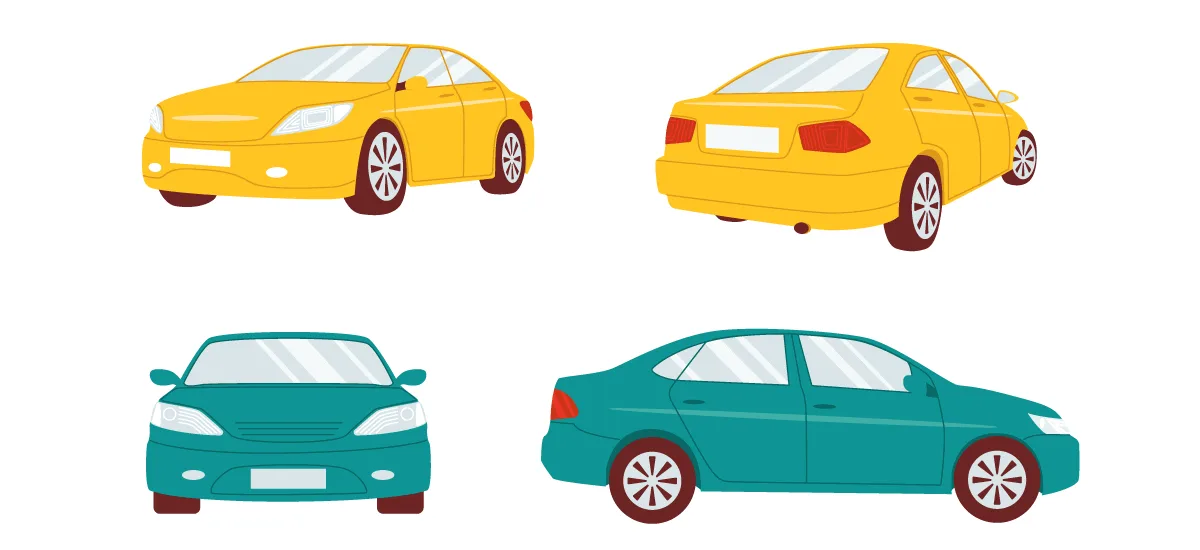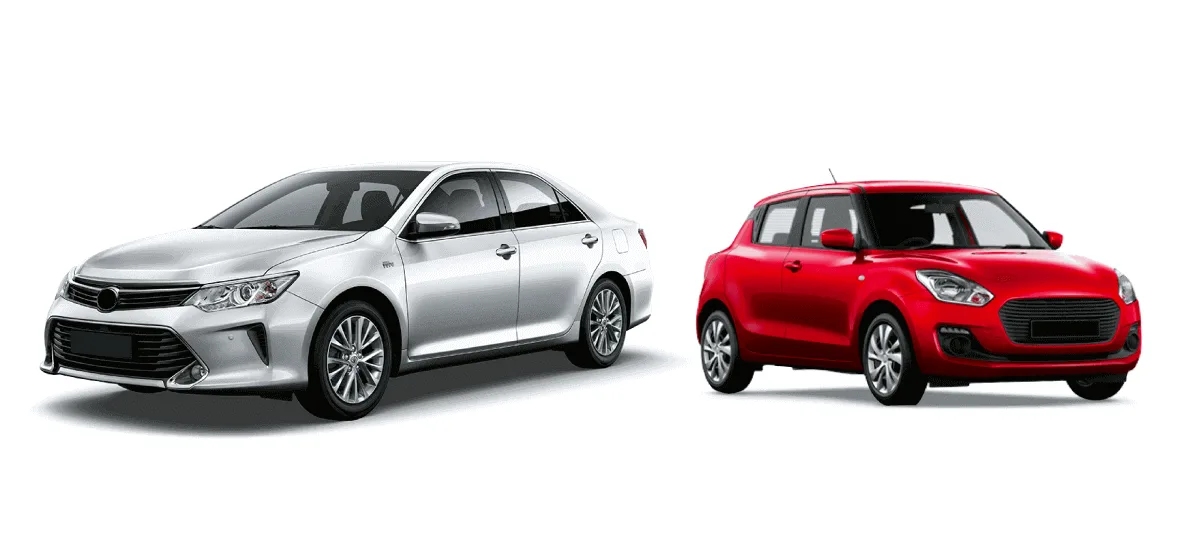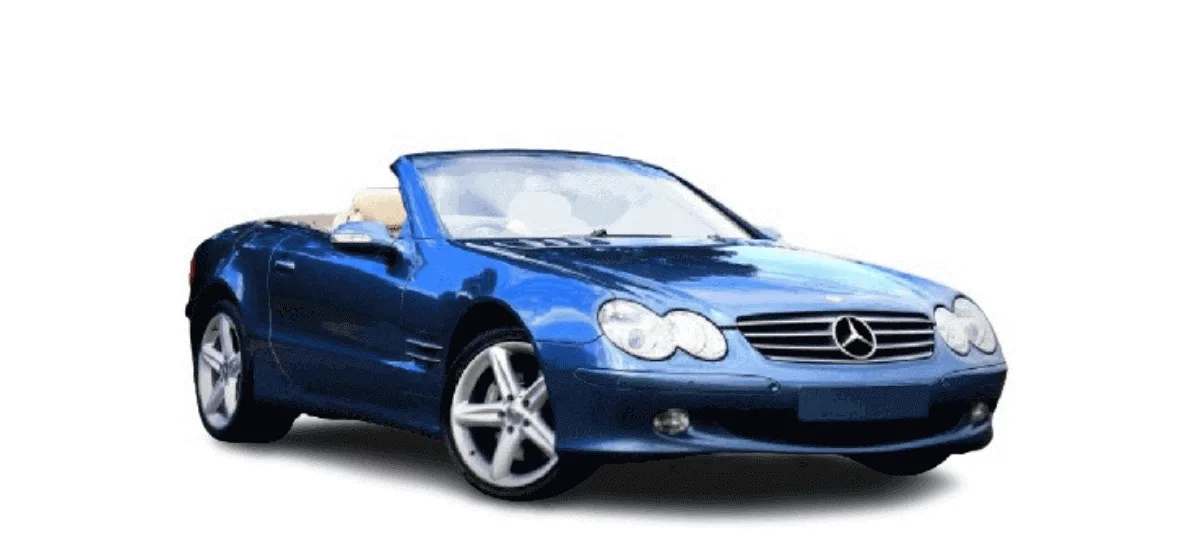
Insurance coverage is the amount of risk or liability that is covered for an individual or entity by way of insurance services. Insurance coverage, such as auto insurance, life insurance—or more exotic forms, such as hole-in-one insurance—is issued by an insurer in the event of unforeseen occurrences.
Understanding Insurance Coverage
Insurance coverage helps consumers recover financially from unexpected events, such as car accidents or the loss of an income-producing adult supporting a family. In exchange for this coverage, the insured person pays a premium to the insurance company. Insurance coverage and its costs are often determined by multiple factors.
Premiums are a way for the insurance company to manage risk. When there’s an increased possibility that an insurance company may have to pay out money toward a claim, they can offset that risk by charging a higher premium.
For example, most insurers charge higher premiums for young male drivers, as insurers deem the probability of young men being involved in an accident to be higher than, say, a middle-aged married man with years of driving experience.
Insurance companies use the underwriting process to evaluate you for risk and use the information they collect to set your premiums.
Main Types of Insurance Coverage
There are different types of insurance coverage someone may need. Here are some of the most common options for insuring yourself and your property.
Auto Insurance Coverage
Auto insurance can protect you in the event of an accident. In all 50 states, excluding New Hampshire, drivers are required to have minimum amounts of liability insurance coverage. This includes both bodily injury liability coverage and property damage liability coverage. Bodily injury liability coverage pays for the medical expenses of another person if they’re injured in an accident for which you are at fault. Property damage liability coverage pays for damages to someone else’s property when you’re at fault in an accident.
Depending on where you live, you may also be required to have:
- Uninsured/underinsured motorist coverage
- Comprehensive coverage
- Collision coverage
- Medical payments coverage
- Personal injury protection (PIP)
Auto insurance premiums typically depend on the insured party’s driving record. A record free of accidents or serious traffic violations may result in a lower premium. Drivers with histories of accidents or serious traffic violations may pay higher premiums. Likewise, because mature drivers tend to have fewer accidents than less-experienced drivers, insurers typically charge more for drivers below age 25.
If a person drives his car for work or typically drives long distances, he generally pays more for auto insurance premiums, because his increased mileage likewise increases his chances for accidents. People who do not drive as much pay less.
Because of higher vandalism rates, thefts and accidents, urban drivers pay higher premiums than those living in small towns or rural areas. Other factors varying among states include the cost and frequency of litigation, medical care and repair costs, the prevalence of auto insurance fraud, and weather trends.
Options for saving money on auto insurance premiums include asking about safe driver discounts and bundling coverage with homeowners or other types of insurance.
Life Insurance Coverage
Life insurance is designed to provide a measure of financial security for your loved ones if you pass away. These policies allow you to name a primary beneficiary and one or more contingent beneficiaries to receive a death benefit should you pass away.
Term life insurance covers you for a set time period. For example, you may choose a 20- or 25-year term policy. Permanent life insurance covers you as long as your premiums are paid, which can effectively translate to lifetime coverage. Permanent life insurance can also allow you to build cash value over time that you could borrow against if necessary.
Types of permanent life insurance include:
- Whole life
- Universal life
- Variable life
- Variable universal life
With either type of life insurance (i.e. term or permanent), you can choose the death benefit amount you would like your beneficiaries to receive, i.e. $500,000, $1 million or even more. Between term life and permanent life insurance, term life tends to offer lower premium costs since you’re only covered for a set period of time.
Premiums can depend on the age of the insured party and their gender. Because younger people are less likely to die than older people, younger people typically pay lower life insurance costs. And since women tend to live longer than men, women tend to pay lower premiums.
Engaging in risky behaviors, such as a potentially dangerous hobby or using drugs and alcohol, could cause life insurance premiums to be higher.
Health is another important factor in determining life insurance costs. People in good health typically pay lower life insurance premiums. For example, the risk of dying for a person with a 30-year policy is greater than the risk of dying for a person with a 10-year policy.
A history of chronic disease or other potential health issues with an individual or family, such as heart disease or cancer, may result in paying higher premiums. Obesity, alcohol consumption, or smoking can affect rates as well. An applicant typically goes through a medical exam to determine whether he has high blood pressure or other signs of potential health issues that may result in premature death for the applicant and increased risk for the insurance company.
No exam life insurance policies allow you to skip the medical exam but you may pay higher premium costs.
Homeowner’s Insurance
Homeowner’s insurance is designed to protect against financial losses associated with covered incidents involving your home. For example, a typical homeowner’s insurance policy covers both the home and its contents in the event of:
- Fire
- Theft/vandalism
- Lightning
- Hail
- Wind
Your policy can pay for repairs to your home or in extreme cases, to rebuild the home. Homeowner’s insurance can also pay to replace lost or damaged belongings as well as replacement or repairs for associated structures, such as a garage or storage shed.
Homeowner’s insurance premiums can depend on the value of the home, policy coverage amounts and where the home is located. For example, you may pay more to insure a home that’s located in an area prone to hurricanes or tornadoes.







